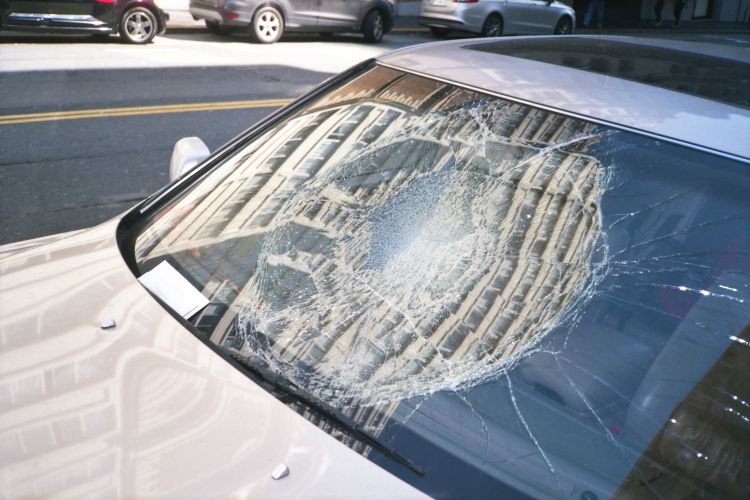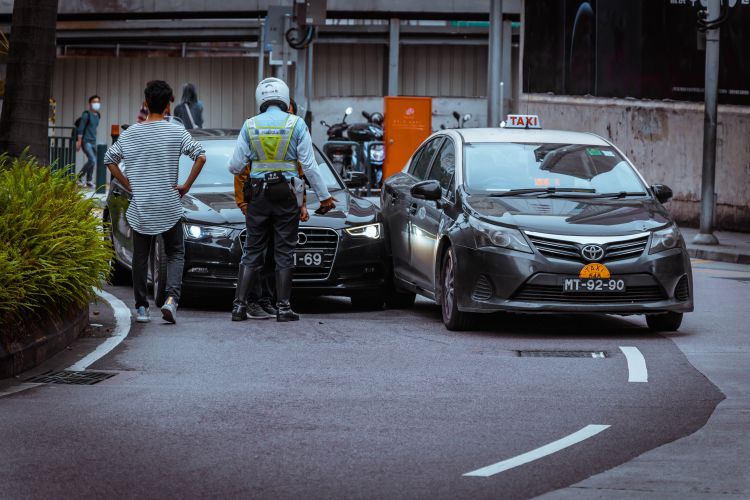 If you’ve been in a car accident, you may be wondering what comes next. This guide will walk you through the entire process of starting your car accident case. We’ll cover everything from gathering evidence to filing a lawsuit. By following these steps, you’ll be well on your way to getting the compensation you deserve!
If you’ve been in a car accident, you may be wondering what comes next. This guide will walk you through the entire process of starting your car accident case. We’ll cover everything from gathering evidence to filing a lawsuit. By following these steps, you’ll be well on your way to getting the compensation you deserve!
Get a check-up if you were injured
Although you might not feel any effects immediately, it is integral that you visit a doctor as soon after an accident as possible. Injuries from car accidents are often latent and may not manifest for days or even weeks. To err on the side of caution, always seek professional medical opinion promptly following an accident. The last thing you want is to find out later that an injury could have been treated had you seen a doctor sooner. Also, be sure to keep all documentation related to your injuries and treatment, as this will be important evidence in your case.
Get contact and insurance information from the other driver
One of the first things you should do after an accident is exchange information with the other driver. This includes their name, contact information, and insurance information. It is important to get this information even if the other driver is at fault, as you will need it to file a claim with their insurance company. If the other driver is uncooperative or leaves the scene of the accident, try to get their license plate number so that you can track them down later.
Get in touch with a lawyer
If you’ve been in a car accident, you should strongly consider talking to a lawyer. An experienced car accident lawyer can help you navigate the complex legal process, and will fight to get you the compensation you deserve. Even if you’re not sure whether you need a lawyer, it’s always worth getting a free consultation to find out.
Maybe you will need to file a personal injury case and you need assistance in court. You will likely not be able to get the same results without researching personal injury lawyers that can help, and you shouldn’t have to go through this process alone. Even more so, the lawyer will work on a contingency basis, which means that you won’t have to pay them anything unless they win your case.
File a claim with the other driver’s insurance company
Once you have gathered all the evidence and information you need, it’s time to file a claim with the other driver’s insurance company. The insurance company will then investigate the accident and determine who is at fault. If they find that the other driver is at fault, they will pay out the claim. However, if they find that you are at fault, they will likely deny the claim. In either case, it is important to have a lawyer on your side to help you through this process.
Gather evidence from the accident scene

If you are able, take pictures of the accident scene before anything is moved. This includes pictures of the damage to both vehicles, skid marks on the road, and any other pertinent details. It is also a good idea to get the contact information of any witnesses who saw the accident. These witnesses can provide valuable testimony as to what they saw happen. Namely, when you are asked to give a statement about the accident, having an eyewitness corroborate your story can make all the difference. The jury will be more likely to believe your account of what happened if there is someone else who can attest to it.
Get a copy of the police report
If the police came to the scene of the accident, they will have generated a report detailing what happened. This report can be extremely helpful in building your case, so be sure to get a copy of it from the police department. In many cases, the insurance company will also request a copy of the police report when you file a claim. The amount of time you have to get a copy of the report varies from state to state, so be sure to act quickly.
Keep track of all your expenses
After an accident, you will likely incur a number of expenses, including medical bills, car repairs, and lost wages. Be sure to keep track of all of these expenses, as they will be important when you file a claim. In many cases, the insurance company will reimburse you for these expenses, but they will only do so if you have documentation to back up your claims.
A good idea is to get a copy of your medical records from the hospital or doctor’s office. These records will detail the injuries you sustained in the accident and the treatment you received. This information will be vital in proving the extent of your damages.
Get a copy of your insurance policy

One of the first things you should do after an accident is to get a copy of your insurance policy. This will give you a good idea of what coverage you have and what you can expect from your insurance company. It is important to keep in mind that every insurance policy is different, so be sure to read yours carefully. In some cases, your insurance company may deny your claim outright if you don’t have the right kind of coverage.
File a claim with your own insurance company
Even if the other driver was at fault, you will likely need to file a claim with your own insurance company first. This is because most auto insurance policies have a clause that requires you to file a claim with your own insurance company first in the event of an accident.
Once you have done so, your insurance company will then seek reimbursement from the other driver’s insurance company. However, if you have collision coverage, your insurance company will likely pay for the damages to your vehicle regardless of who was at fault.
To conclude, if you have been in a car accident, remember the tips and advice mentioned above in order to help you through the process. In particular, be sure to take pictures of the accident scene, get the police report, and keep track of all your expenses. By following these steps, you will give yourself the best chance of getting the compensation you deserve.




